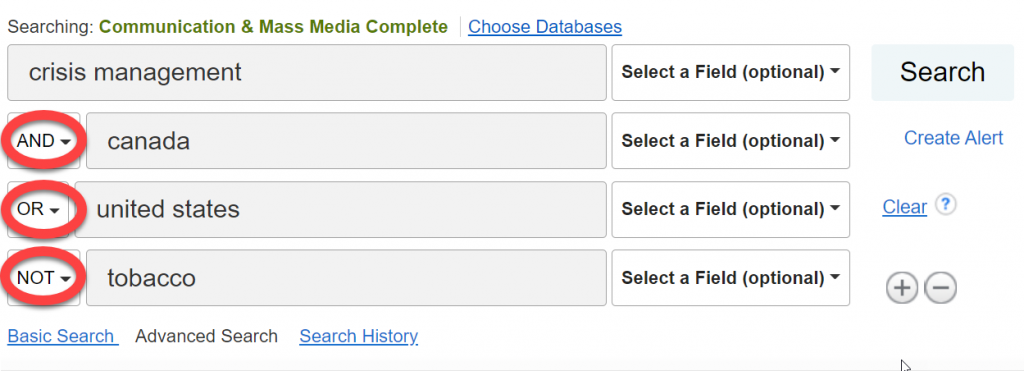27 Finding Information: Peer-Reviewed Journal Articles
There are many information resources available for public relations students. In this chapter, you will learn how to find, critically evaluate, and cite information. Students are expected to use peer reviewed journals, professional magazines, books, newspapers, statistical databases, and websites. Let’s have a look at each type of these resources in more detail.
The most frequently used source in academia is peer-reviewed articles from journals like Public Relations Review, Journal of Public Relations Research, Public Relations Journal, Corporate Communications: An International Journal, Journal of Communication Management, Public Relations Inquiry, and International Journal of Strategic Communication.
The peer review process is the standard of academic publishing which is designed to ensure the quality of information. A research paper is submitted to the editor of a journal who can reject it outright or pass to two or three scholars in the same field (the peers) for review. The reviewers make their comments and send the paper back to the editor, who passes it to the authors. Neither the reviewers, nor the authors know each others’ names, which ensures impartiality. This process is called blind peer review. After making the corrections, the authors send the updated paper back to the editor who either decides to publish it or send to reviewers for another round, if necessary. The whole process can take from a few months to over a year before the paper is published.
It is important to keep in mind that peer-reviewed articles rarely contain the latest information about the events happening right now due to the time needed to run a study and then publish it. They also tend to focus on a narrow subject and use academic jargon, therefore general public is not their target audience.
Another source of information in public relations is trade publications (or ‘field literature’) and magazines that contain specialized current news and advice targeted people working in the field. Articles in these sources are shorter, less complex than peer-reviewed ones, and geared toward practical use. Good examples are Harvard Business Review and Advertising Age.
Articles from public relations journals and magazines are usually accessible in various databases. It is common for a journal to be available in more than one database at once. The top databases with PR content include the Communications and Mass Media Complete, and Business Source Premier from EBSCO, as well as Canadian Business & Current Affairs Database from Proquest.
While journal articles can be found through search in multiple databases, working with a subject specific scholarly article database is beneficial, because these databases have some features that add value to your experience.
Finding Information in Databases
We suggest using Advanced Search in databases, putting each part of the search into its own search field. If you don’t get enough results, you may need to change your keywords. If you search for too many terms at once, chances are that most articles won’t have all these terms together. Sometimes, you are looking for a term that is not widely used, so you should think about another, similar term. A good tool for that is a Thesaurus or Subject Terms tab on top of the database. If you try your term there, you might find useful suggestions for alternative terms.

If your search gives you too many results, you will need to narrow down your search. Try adding more keywords. You can also experiment with Boolean operators AND, OR and NOT to create helpful combinations of keywords.

Also, if you click on the drop-down to the right of the search field, you can indicate that the keyword should be in the title or in the abstract of the article. It will give you less results, but they will be much more relevant.

Peer-reviewed or refereed journals have an editorial board of subject experts who review and evaluate submitted articles before accepting them for publication.
Peer-reviewed journal articles undergo serious examination by experts in a particular field of study.
The peer-review process subjects an author's scholarly work, research, or ideas to the critical examination of those who are experts in the same field (peers).

